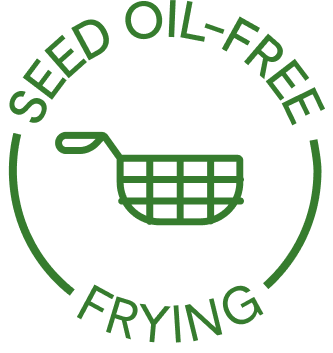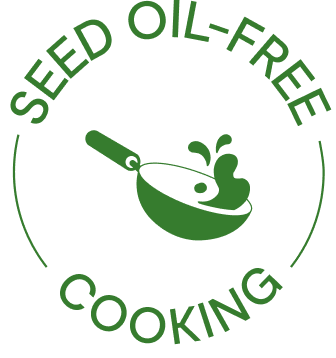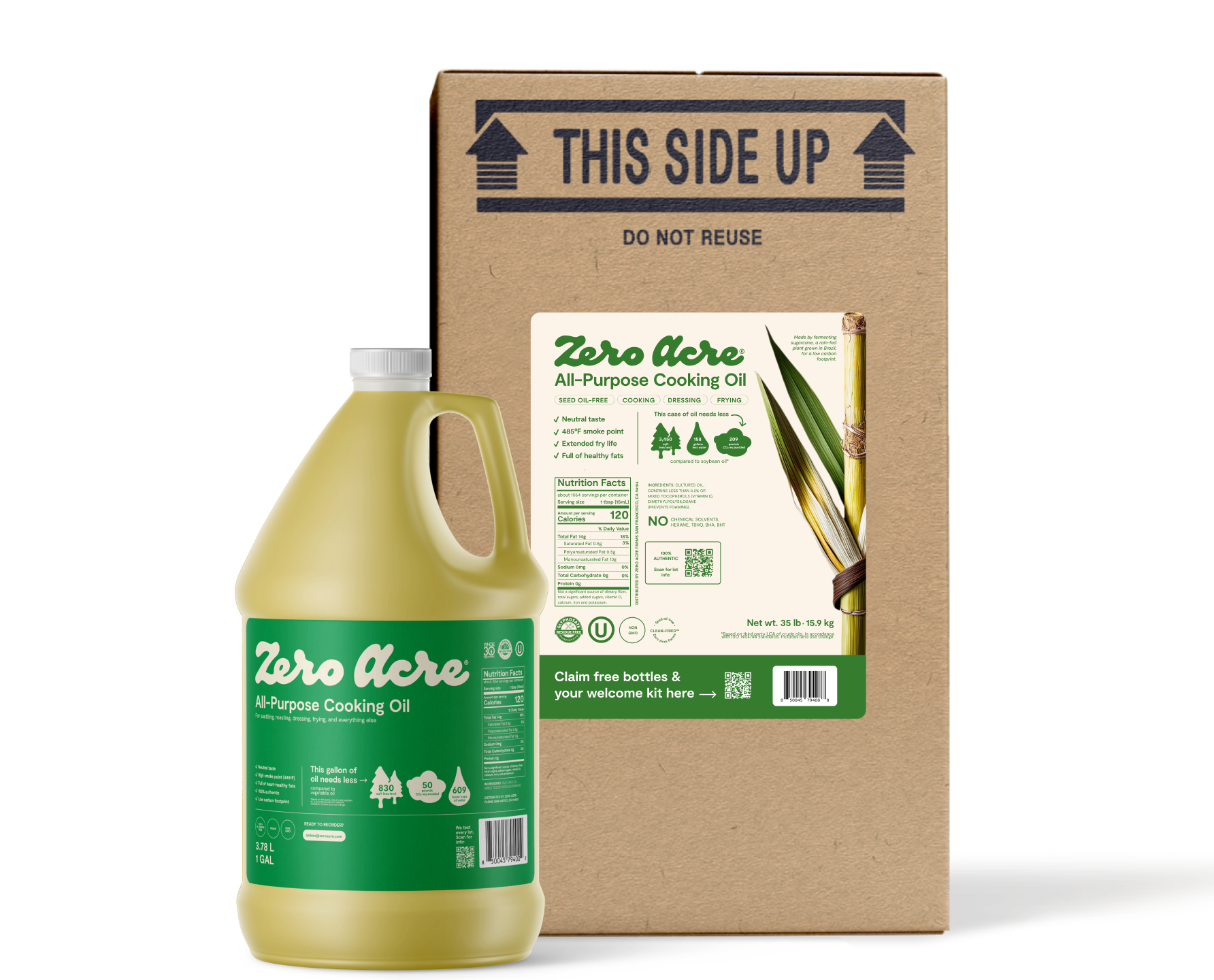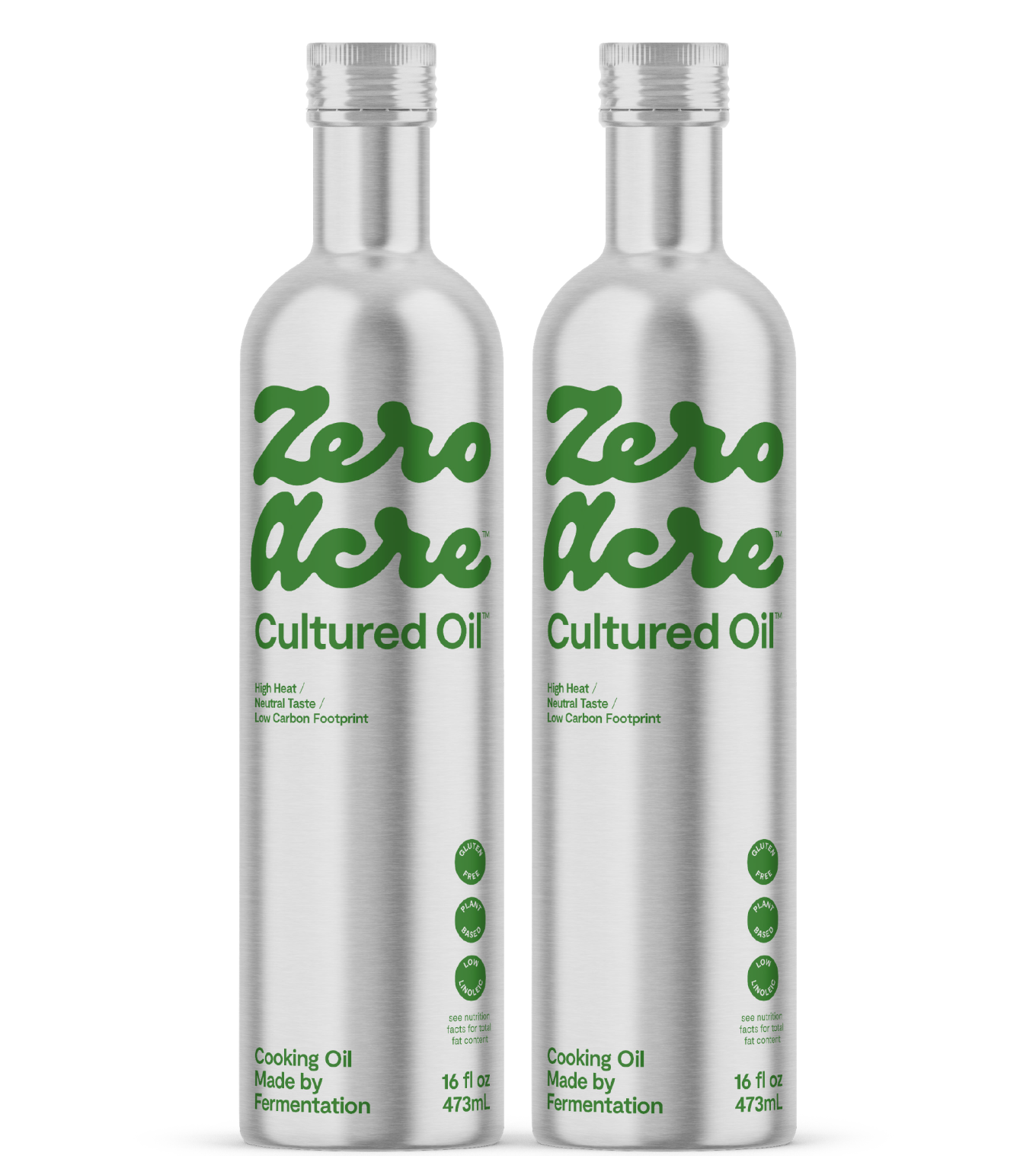WRITTEN BY: Corey Nelson
Article at a Glance
Modern agriculture, which emerged during the 20th century, has introduced benefits but also new problems for humanity.
The current model of agriculture is unsustainable — it causes serious problems with pollution, deforestation, species loss, antibiotic resistance, and fragile supply chains.
Regenerative agriculture is a decentralized movement that offers real solutions to the current ecological and food security crisis.
Introduction
The 20th century saw a lot of changes in how humans live. Advancements in medical care meant an increasing number of people surviving to reproductive age and living well past their 40s. Increased urbanization and mobilization means that more people than ever migrated from farmland to cities and sprawling suburbs. And that means fewer and fewer people are growing their own food.
Increased lifespan, plus explosions in worldwide population numbers resulted in the invention of new agricultural technologies like ammonia fertilizer and drought-resistant crops transformed farming [*].
Although these advances have improved the quality of life for many people and helped to prevent starvation in resource-scarce regions, they have also introduced new challenges and issues around sustainable resource management and public health, including:
Air and water pollution caused by fertilizer runoff and fossil fuel usage [*]
Deforestation and decreased biodiversity [*]
Antibiotic resistance caused by the reliance on antibiotics in animal husbandry [*]
Toxic algae blooms and fish die-offs [*]
High rates of cancer and other diseases among agricultural workers, caused by pesticides and other chemicals [*]
Easily-disrupted supply chains, resulting in food insecurity risks, as seen during the Covid-19 pandemic [*]
Consolidation of agricultural land ownership and political power by corporate interests [*]
Since World War 2, industrial agriculture has become the norm. Monocropping and intensive factory of farming rely on fossil fuels, multinational companies, and artificial fertilizers, pesticides, and herbicides to continually increase productivity and profitability — usually with little regard for long-term sustainability or ecological issues [*].
The current agricultural system is facing significant sustainability challenges, as indicated by the United Nations Food and Agriculture Organization. According to their reports, if new approaches are not adopted, the global amount of arable and productive land per person in 2050 will have decreased to just a quarter of what it was in 1960 [*]. And if current rates of soil degradation continue, all of the world's top soil could be gone within 60 years [*].
Fortunately, a decentralized and loosely-organized movement has emerged to grapple with the issues of our reliance on modern, industrial agriculture — drawing from a diverse array of traditions and thinkers, including Indigenous and other traditional farming systems, small-scale farmers and ranchers, soil scientists, and environmental activists.
What Is Regenerative Agriculture?
Regenerative agriculture focuses on using sustainable and innovative methods to rehabilitate land, conserve resources, and produce healthy food. Because the movement is decentralized, there's no standard, accepted definition.
Robert Rodale, who was among the first people to use the term in the 1980s, explained regenerative agriculture methods as [*]:
Increasing food productivity while also increasing the base of available land and soil.
Being highly economically and biologically stable.
Having little to no impact on the environment beyond the farm or field boundaries.
Producing safe, healthy food.
Other 20th-century innovators in this field include Bill Mollison and David Holmgren. Together, they coined the term permaculture in the 1970s in Australia, meaning "permanent culture" — a way of living that wouldn't decline in productivity over time or rely on unsustainable use of resources [*].
Of course, these ideas didn’t originate in the 20th century. While Bill Mollison and David Holmgren are known for coining the term permaculture in the 20th century, these methods and approaches have deeper roots. Mollison, for instance, acknowledged aboriginal Tasmanian land use practices as a major influence [*].
Today, Indigenous people and other groups who have been marginalized and deprived of access to land and resources are also sharing important and valuable perspectives on regenerative agriculture [*].
Regenerative Agriculture Principles and Goals
Some definitions of regenerative agriculture focus on the principles and goals rather than the methods used [*].
Regenerative agriculture typically uses circular or systems-based models to understand food production and the appropriate use of resources [*]. These models account for every component involved in sustainable food production.
Instead of pursuing endless expansion and growth with corporate profits as the bottom line, regenerative farmers view themselves as one part of a complex, living, life-giving web that includes animals, crops, wild plants and trees, soil and soil microbes, and more [*].
While each practitioner or organization's goals can vary, common ones include [*,*]: Growing healthier foods
Improving soil health
Sequestering carbon in soil and plants
Increasing biodiversity
Making people and food systems more resilient
Reducing pollution and waste
The best ways to achieve these outcomes can vary depending on the region, the grower, and the size of the farming operation [*]. There is no one-size-fits-all approach to regenerative agriculture.
Regenerative Agriculture Methods
There are no rules that specify exactly which methods are regenerative — as long as they create the desired outcomes and meet the needs of a farmer or community in a sustainable, ecologically thoughtful manner [*].
This list of methods isn't exhaustive, and there's still plenty of room for new, innovative methods that can help solve current problems with industrial agriculture and supply chains [*]:
Composting
Cover crops
Small-scale permaculture
Integrated or circular systems of food production
Urban farming
No-till or reduced-tilling crops
Holistic grazing, also called intensive rotational grazing
Keyline design, a farming system that focuses on using the natural availability of water in a landscape
Agroforestry (the integration of trees and shrubs into crops and animal husbandry)
Silvopasture (managed woodland pasture, with trees integrated into animal grazing zones)
Indigenous and other traditional farming systems
The common theme shared by most regenerative agriculture methods is that they're intended to restore the health and resiliency of land, soil, animals, people, and communities over time.
In general, these methods are modeled on the relationship between soil, microbes, plants, and animals found in the natural environment. They also maximize exposure to abundant renewable resources (like the sun), while minimizing practices that result in excessive waste or pollution.
The result is that as time goes on, regenerative food systems require fewer inputs to produce healthy, sustainable food — they become less reliant on labor, fertilizers, water irrigation, and machinery that uses fossil fuels.
Whether you're a backyard gardener or a rancher with tens of thousands of acres, you can apply regenerative agriculture methods to nourish local ecosystems and feed yourself, your family, or your community.
Why Does Regenerative Agriculture Matter?
Regenerative agriculture is an exciting and growing movement with the potential to address major issues around soil depletion, sustainability, land use, food security, pollution, climate change, and more.
The statistics are clear that the dominant, profit-driven, industrial agriculture model of producing crops and animal products is unsustainable.
Currently, industrial agriculture occupies about 38% of the planet’s terrestrial surface and uses 70% of our freshwater resources [*].
In the 70-80 years since its inception, the industrial model of agriculture has created serious problems relating to soil depletion and air and water pollution due to emissions and fertilizer runoff, toxic algae and fish die-offs, deforestation and species loss, antibiotic resistance, health problems among workers, and fragile supply chains [*,*,*,*,*,*].
Peer-reviewed research suggests that regenerative practices can [*]:
Increase soil mass (enhancing the volume and weight of soil through enrichment of organic matter and moisture content)
Increase the amount of organic matter in soil
Improve carbon capture of soil
Elevate the amounts of nitrogen, phosphorus, potassium, calcium, and sulfur
Increase water flow
Raise bacterial biomass and soil health
Increase plant species diversity and biomass in agricultural areas
Improve species diversity and richness without increasing pest populations or reducing crop yields.
Soil health is essential for the continued life of plants, animals, and humans. And regenerative agriculture may be the only approach to food production that seeks to rebuild soil for current and future generations [*].
Regenerative Farming and Climate Change
Prior to the 1950s and 1960s, animals were integrated into crop systems [*]. Corporate interests began to uncouple this traditional farming method and separated animals into feedlots and plants and monocrops.
The motivation? Greater short-term profits with less reliance on laborers [*].
But there were significant consequences — including soil depletion, antibiotic resistance, pollution, runoff, and algae blooms.
Another serious consequence of the current system of monocropping and animal feedlots is that soil is unable to sequester carbon at the same rate as traditional, mixed systems [*]. Soil is the biggest store of carbon on the planet, and soil depletion is a major contributor to increasing CO2 levels [*].
Regenerative agriculture systems, and particularly intensive rotational grazing and other systems of regenerative grazing with cattle and other animals, are significantly better at sequestering carbon [*,*].
Evidence also suggests that regenerative systems that allow development of native species alongside crops can sequester more carbon compared to monocrops [*].
The Takeaway: How You Can Support Regenerative Agriculture
Centralized, industrial agriculture interests are entrenched and resistant to change — and there’s significant economic and political interests in maintaining the status quo [*].
While some large-scale farmers may want to change, existing economic models make it difficult for them to adopt new methods. Changing land use and learning new skills is challenging in a system that rewards quarterly financial growth and doesn't account for "externalities" like pollution, species loss, greenhouse gasses, and pollution [*].
The continued success and growth of regenerative agriculture relies on support from individuals, including backyard gardeners, consumers, small- and medium-scale farmers, politicians, and policymakers.
If you want to support the success of regenerative agriculture, you can:
Buy food grown using regenerative techniques, and support companies that use these methods
Compost at home
Grow your own food using regenerative methods, even at a small scale
Speak to local farmers or ranchers who engage in sustainable practices
Volunteer your time and skills
Donate to nonprofits that support regenerative agriculture
Invest in companies using sustainable regenerative agriculture methods
Lobby politicians in favor of regenerative policies or engage in activism
Learn about regenerative agriculture or teach others, including taking the permaculture design certification (PDC) course.
Supporting a more decentralized, regenerative food system in whatever ways you can is one of the best ways to increase food security and resiliency for yourself and future generations [*].

Zero Acre oil Sustainability Report
Zero Acre oil has a low environmental impact and offers a scalable solution to the massive problems caused by vegetable oils.

Environmentally-Friendly Cooking Oils: The Best and Worst Options
Vegetable oils are one of the most consumed foods on the planet; and also some of the worst for the environment.
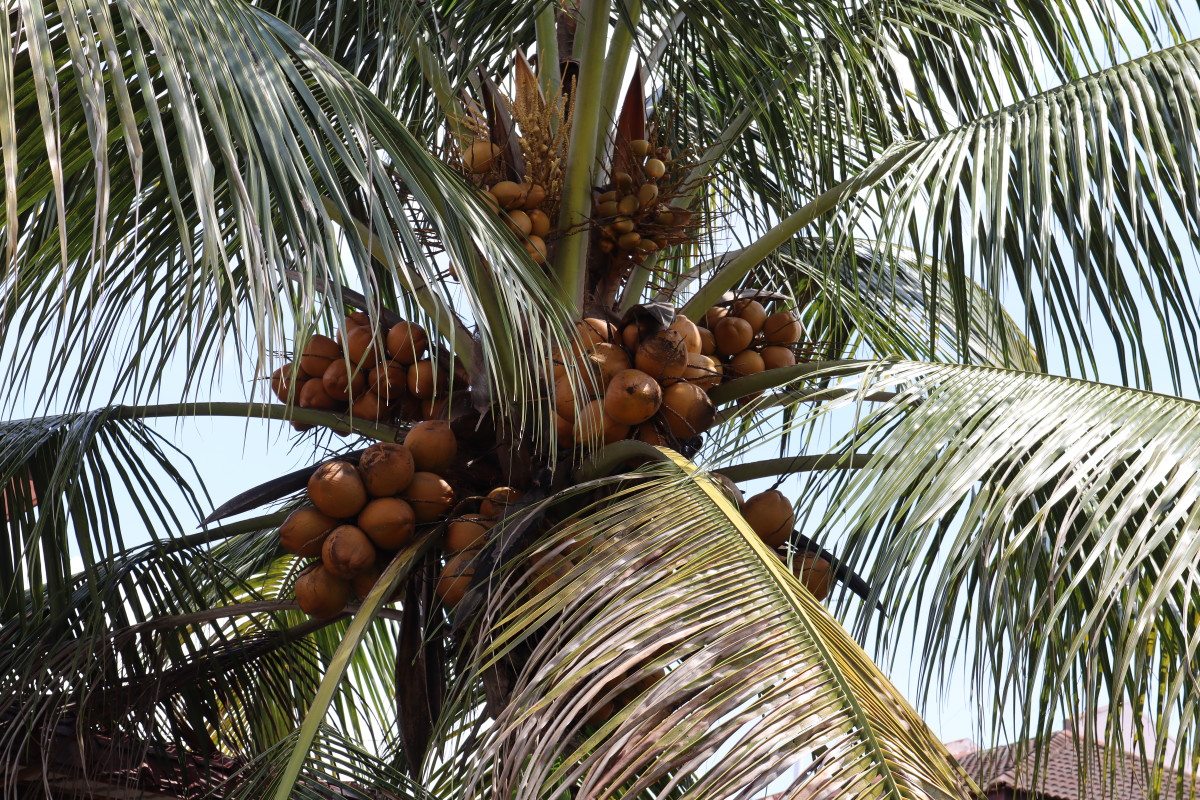
Coconut Oil: Superfood or Sustainability Issue?
Coconut oil is often touted as a superfood, but controversy remains surrounding its impacts on health and the environment.

